Lake Ontario Bird Islands Pond Study
|
|
|
 |
|
| Air photo of East Brother Island, a cormorant breeding colony. Note the central pond with heavy algal bloom. (photo by C. Grooms). | Ground view of pond on East Brother Island, a cormorant breeding colony showing dead trees and nests. (photo by C. Grooms). | Gull Island in Presqu'ile Provincial Park with ~50,000 ring-billed gulls. 24 April 2014. (photo by C. Grooms). | Gull Island, Presqu'ile Provincial Park. Click for video. |
 |
 |
 |
 |
| Air photo of Main Duck Island, eastern Lake Ontario. Two or three ponds with low bird impact serve as control sites. (Credit, Terry Sprague) | Air photo of Main Duck Island, eastern Lake Ontario. Two or three ponds with low bird impact serve as control sites. (Credit, Terry Sprague) | Calf Island pond, New York State, USA. This pond serves as an excellent control site being next to a very large bird colony, Little Galloo, yet has no direct bird input. The island area is about as much pond as land. (photo Neal Michelutti) | Calf Island pond, New York State, USA. This pond serves as an excellent control site being next to a very large bird colony, Little Galloo, yet has no direct bird input. The island area is about as much pond as land. (photo Neal Michelutti) |
 |
 |
 |
|
| Little Galloo Island, New York, USA. This very large breeding colony contains hundreds of cormorants, thousands of ring-billed gulls and many hearing gulls that have a great impact on a pond. (Neal Michelutti) Click here for video. | Shore of Little Galloo Island, New York, USA. This very large breeding colony contains hundreds of cormorants, thousands of ring-billed gulls and many hearing gulls. The island is isolated well off shore in Lake Ontario and has no mammalian predators. | Map of study area in Lake Ontario. | Map of study area in Lake Ontario. |
For related work from collaborators at the University of Ottawa see https://science.uottawa.ca/biology/tracking-bird-populations-going-back-thousands-years
Publications from this project:
|
Stewart EM, Michelutti N, Shenstone-Harris S, Grooms C, Weseloh C, Kimpe LE, et al. (2015) Tracking the History and Ecological Changes of Rising Double-Crested Cormorant Populations Using Pond Sediments from Islands in Eastern Lake Ontario. PLoS ONE 10(7): e0134167. doi:10.1371/journal.pone.0134167. http://journals.plos.org/plosone/article?id=10.1371/journal.pone.0134167 Hargan, K.E., Stewart, E.M., Michelutti, N., Grooms, C., Kimpe, L., Mallory, M., Smol, J.P., and Blais, J.M. 2018. Sterols and stanols as novel tracers of waterbird population dynamics in freshwater ponds. Proc. Royal Soc. London B: 285: 20180631. http://dx.doi.org/10.1098/rspb.2018.0631 Stewart, E., Vu, M., Michelutti, N., Hargan, K., Grooms, C., Kimpe, L.E., Blais, J.M., and Smol, J.P. 2019. Pond sediments on nesting islands in eastern Lake Ontario provide insights into the population dynamics and impacts of waterbird colonies. J. Great Lakes Research 45: 350-359.
Stewart, E.M., Hargan, K.E., Michelutti, N., Kimpe, L.E., Blais, J.M., and Smol, J.P. 2020. The impacts of waterbird-mediated elemental enrichment on chironomid assemblages on islands in Lake Ontario. Fundamental and Applied Limnology 194: 107-124. |

|